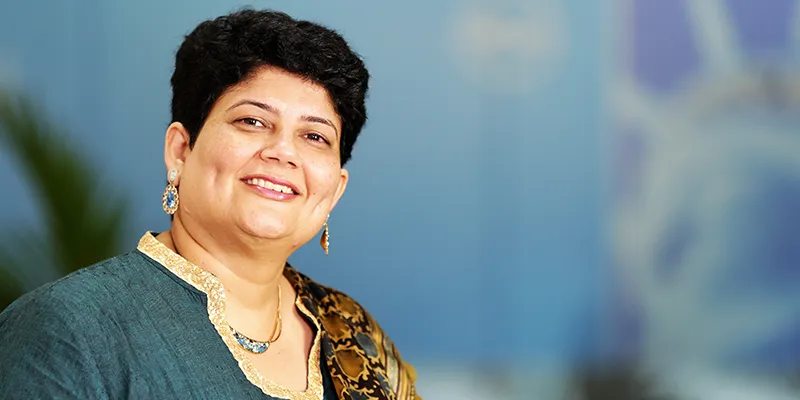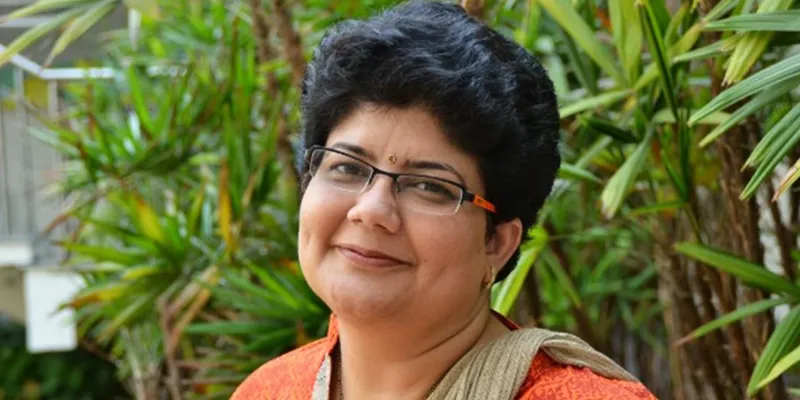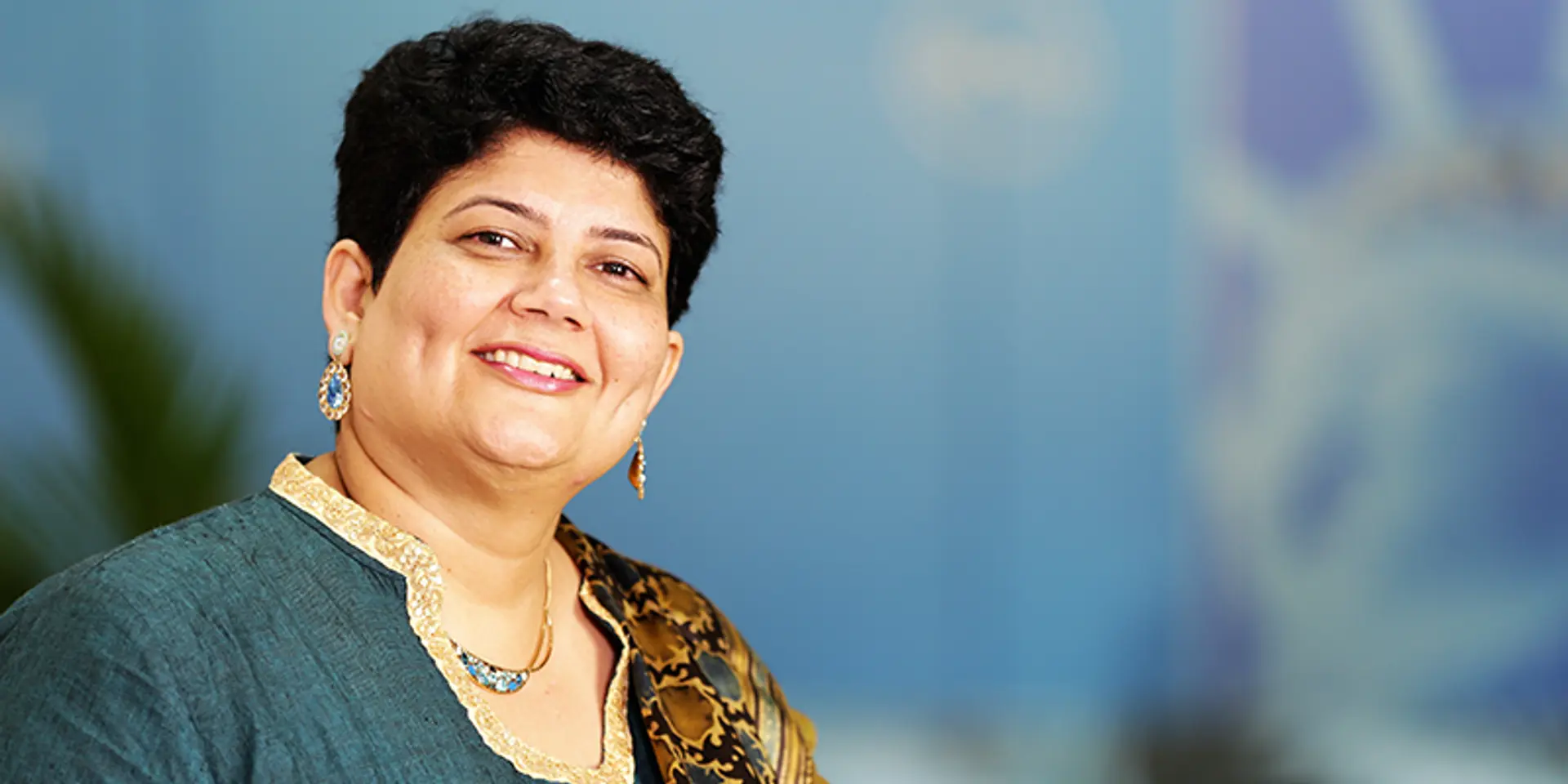‘There are no quick fixes for diversity and inclusion at the workplace’ - Dell’s Sheenam Ohrie
Sheenam Ohrie, Vice President, Enterprise, Data and Mobility Engineering, Dell Digital, speaks about the need for organisations and its leaders to walk the talk when it comes to creating inclusive workplaces for women.
Consistency is the key to being successful at anything in life - be it mastering a musical instrument, excelling at sports or academics or just becoming a better leader as you go up the ladder.
Sheenam Ohrie, Vice President, Enterprise, Data and Mobility Engineering, Dell Digital, has been in the industry for two-and-a-half decades and has been consistent all along. “I am constantly challenging and exploring myself so that I truly become the best version of myself,” she says. As Chairperson of Women in Action (WIA) at Dell in India she aims to enable women to grow and thrive by creating connections, providing leadership expertise, building a culture that values diverse perspectives.

In a tete-a-tete with YourStory she speaks about diversity and inclusion and how there are no quick fixes to achieve either at the workplace. It is a long meandering road that organisations, especially corporates, need to tread with the determination and desire to create a workplace that is truly diverse and inclusive.
Window of opportunities
Sheenam joined Dell in 2017, where she leads a team that delivers varying degrees of digital transformation to the organisation, leading from enterprise application, analytics and business intelligence and enterprise mobility engineering.
Sheenam hails from a small town in Thane district, called Ambernath, which, in the late seventies, had just two autos, a restaurant, two schools and a cinema theatre.
In 1986, she moved to Bengaluru and went on to finish her schooling and her Bachelor's in Engineering (in Electronics) from Bangalore University. Shifting from a small town to Bengaluru opened up a window of opportunity for Sheenam, even though the first six months were tough. “I was extremely good at mathematics and science and a rank of 286 in the Common Entrance Test got me admission into the only government college and one of the best in Bengaluru,” she reminisces.
Her love for tech led her to learn C and Pascal programming languages on her own. “I discovered that I could do it pretty well and really enjoyed the creative process. I then decided to dive into software and learn more about it.” In 1992, Sheenam joined i-flex, which was later acquired by Oracle.
“At Oracle, I did everything possible in the software development life cycle, right from defining requirements to writing code to managing customers, partners and teams. I-flex instilled in me the right core values at work and I still cherish this stint of my career as it helped build a strong platform for me.”
In 2007, Sheenam moved onto the role of a director at Business Objects, which was later acquired by SAP in 2009, and by early 2015 she moved to EdgeVerve, the product arm of Infosys.
“I led the Delivery and Support for their banking product, Finacle. This allowed me to lead global business development, delivery, consulting and support teams. With over 190 banks across the globe as our customers, the learning was enormous,” she notes.
Diversity and Inclusion: every step of the way
While the world has witnessed major women empowerment movements such as #MeToo and #TimesUp, which have created a great impetus, Sheenam feels that conscious efforts towards creating women-friendly work environments and eliminating unconscious bias are critical to sustaining this impetus.
According to her, the government is enhancing its focus through laws and guidelines, ensuring organisations increase their engagement with women in technology. A lot of organisations are driving several programmes that engage with women even when they have taken a break.
Sheenam notes how STEM (Science, Technology, Engineering, Mathematics) colleges just for women will evince more interest in the industry for them.
There is plenty that corporate entities can do to pitch in and support women in STEM. Sheenam says that Dell fosters the uptake of STEM at the grassroots level through the initiative ‘Digital Futures'. “This programme is developed to encourage more young women to choose STEM subjects and courses so the world of STEM remains open to them for their future careers,” she adds.
But going the extra mile is important to achieve success. Sheenam says,
We are constantly trying to build policies around how we can enable women to maintain their careers even when family priorities take over.

Gender diversity at the workplace
To create a world that truly reflects diversity, there are no quick fixes. A long-term investment and commitment is needed from leadership at organisations that have thousands of employees working for them. “Corporates require strategies executive leaders can implement today that will attract qualified women to their teams,” Sheenam adds.
She cautions that these strategies need to be applied across the organisation at all the levels. “Through my experience, diversity and inclusion changes the workplace and raises the sensitivity quotient dramatically in any organisation.”
Flexi-hours, involving women in the recruitment process and promoting flexible working arrangements help. Sheenam adds that reviewing interview processes for unconscious bias, communicating career development opportunities, and organising internal diversity networks go a long way too.
She has a word of advice for corporates: “Focus on hiring the right talent with the right diversity mix. Our hiring strategy ensures we have at least one woman in panel and at least two out of five of the top shortlists are women.”
Acknowledging gender difference and addressing subtle biases
One of the biggest hurdles women in the workplace have to deal with is unconscious bias. “A woman who announces her pregnancy is excluded from tough/aggressive projects. I would request managers to allow women to take those calls. Another example would be when a women needs to be on a sabbatical – staying connected with her allows her to feel inclusive and improves her career wellbeing,” Sheenam says, adding that men need to be held responsible in addressing these issues.
Mentoring and coaching
In today’s world, it is essential to have a strong network that supports you. “Emerging women leaders need mentoring, coaching and sponsorship from executives in the company. A mentor grooms you in your career path, a coach builds you as a thought leader and a sponsor actually helps you expand your network and continues to propagate your brand,” Sheenam explains.
Mentoring should be both formal and informal, and women should try and take advantage of informal coaching initiatives, courses and upskilling opportunities and not shy away from networking, meeting more people outside their workplace and building professional networks.
Self-help is the best way to succeed
Often women tend to wait too long before taking charge of their career. “As Sheryl Sandberg once said, ‘Women need to shift from thinking ‘I'm not ready to do that’ to thinking ‘I want to do that- and I'll learn by doing it’,’” Sheenam notes.
Her parting advice to women would be to develop some confidence and self-worth, “Start by thinking that if there is anyone who can deliver this, let it be me and I will do a better job than anyone else. And once you let the inner shackles disappear, the whole world is out there, waiting to be conquered.”







